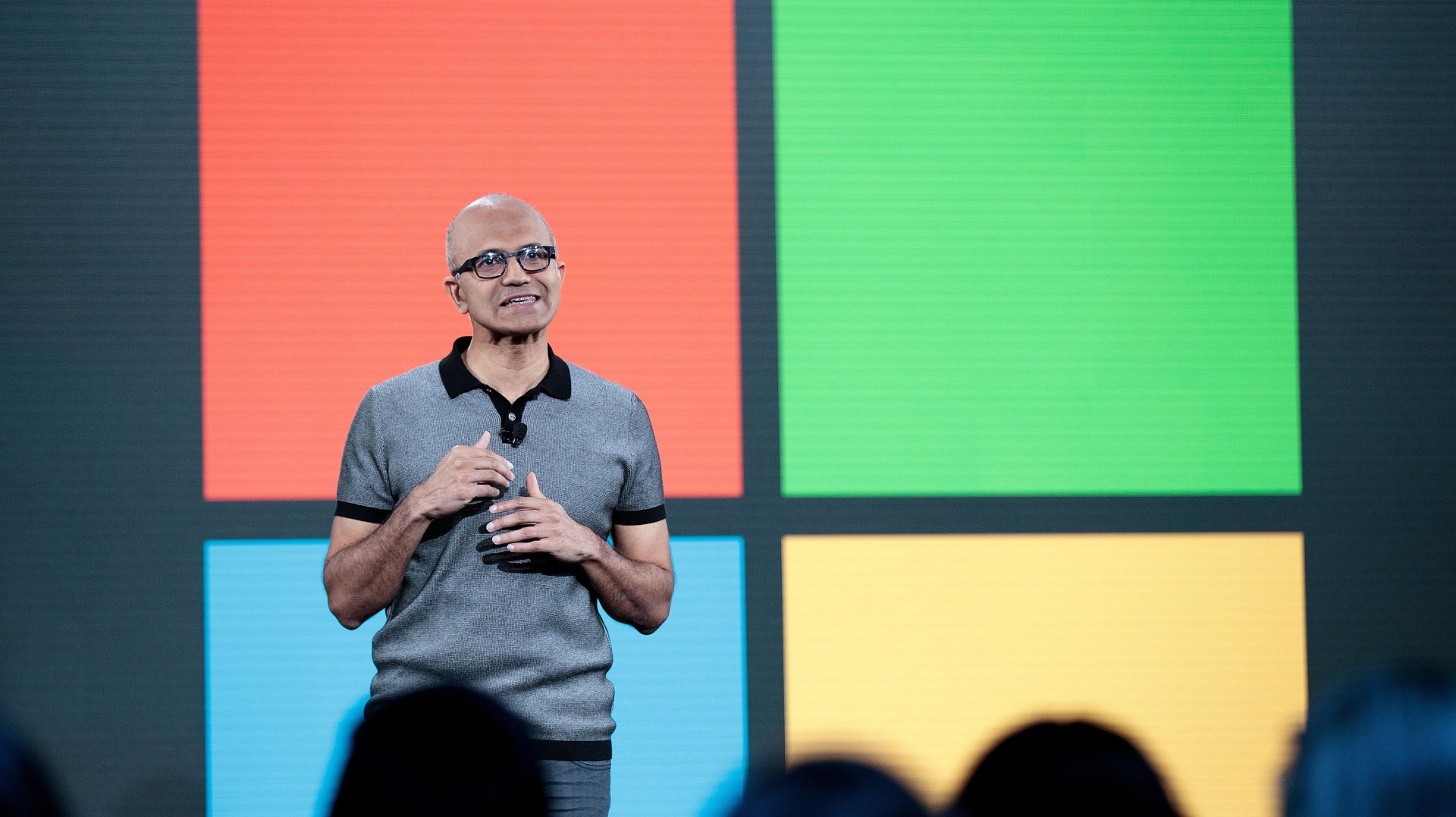Microsoft makes its third multi-billion dollar investment in ChatGPT creator OpenAI
The companies are building AI models at scale and offering them to developers via Azure

Microsoft has confirmed a third sizeable investment into American research lab OpenAI.
While Microsoft didn’t disclose a specific dollar amount, Semafor pegged the investment at a whopping $10 billion earlier this month. In a statement, OpenAI called it a “multi-year, multi-billion dollar investment.”
Microsoft, which is due to report its quarterly earnings today (Jan. 24) after market close, said it remained committed to hiring in areas like AI research even as it looked to trim about 5% of its workforce.
Quotable: Satya Nadella on the OpenAI
“We formed our partnership with OpenAI around a shared ambition to responsibly advance cutting-edge AI research and democratize AI as a new technology platform. In this next phase of our partnership, developers and organizations across industries will have access to the best AI infrastructure, models, and toolchain with Azure to build and run their applications.” —Microsoft chairman and CEO Satya Nadella
What will OpenAI do with the new Microsoft funding?
The fresh infusion of cash will allow Microsoft to continue investing in multiple supercomputing systems powered by Azure, which OpenAI uses to train all of its models.
Also, the Redmond-based software giant will continue to build out Azure’s AI infrastructure to help developers build applications. Azure is OpenAI’s exclusive cloud provider.
The two tech companies will also regularly convene to keep improving their products and to build and deploy safe AI systems.
Fun fact: Supercomputer
In May 2020, Microsoft, in collaboration with OpenAI, built one of the top five publicly disclosed supercomputers in the world. It was touted as the first step toward making the next generation of very large AI models and the infrastructure needed to train them available as a platform for other organizations and developers to build upon.
“This is about being able to do a hundred exciting things in natural language processing at once and a hundred exciting things in computer vision, and when you start to see combinations of these perceptual domains, you’re going to have new applications that are hard to even imagine right now,” Microsoft chief technical officer Kevin Scott said at the time.
Explained: OpenAI’s “capped-profit” model
In late 2015, several Silicon Valley stalwarts including Tesla chief Elon Musk, Paypal co-founder Peter Thiel, YCombinator’s Sam Altman, and others, banded together to set up OpenAI as a non-profit research lab.
In March 2019, a few months before Microsoft gave the company the first $1 billion tranche of its long-term investment promise, OpenAI restructured itself to become a “capped-profit” company.
“The fundamental idea of OpenAI LP is that investors and employees can get a capped return if we succeed at our mission, which allows us to raise investment capital and attract employees with startup-like equity. But any returns beyond that amount—and if we are successful, we expect to generate orders of magnitude more value than we’d owe to people who invest in or work at OpenAI LP—are owned by the original OpenAI Nonprofit entity,” the company explained.
But the limitation wasn’t conservative. For the first round of investors, profits were capped at 100x. So a $10 million could yield a $1 billion return. Microsoft could make $100 billion off its $1 billion.
At the time, OpenAI said it expects the multiple to be lower for future rounds.
One big number: $1 billion revenue
One of OpenAI’s most buzzy products, ChatGPT, which can crack jokes, write essays, and make music in response to prompts, will make the company $200 million in the next year and $1 billion in 2024, Reuters reported, citing three sources briefed on OpenAI’s recent pitch to investors.
Related stories
🌐 Microsoft is expanding access to its AI toolkit, including ChatGPT